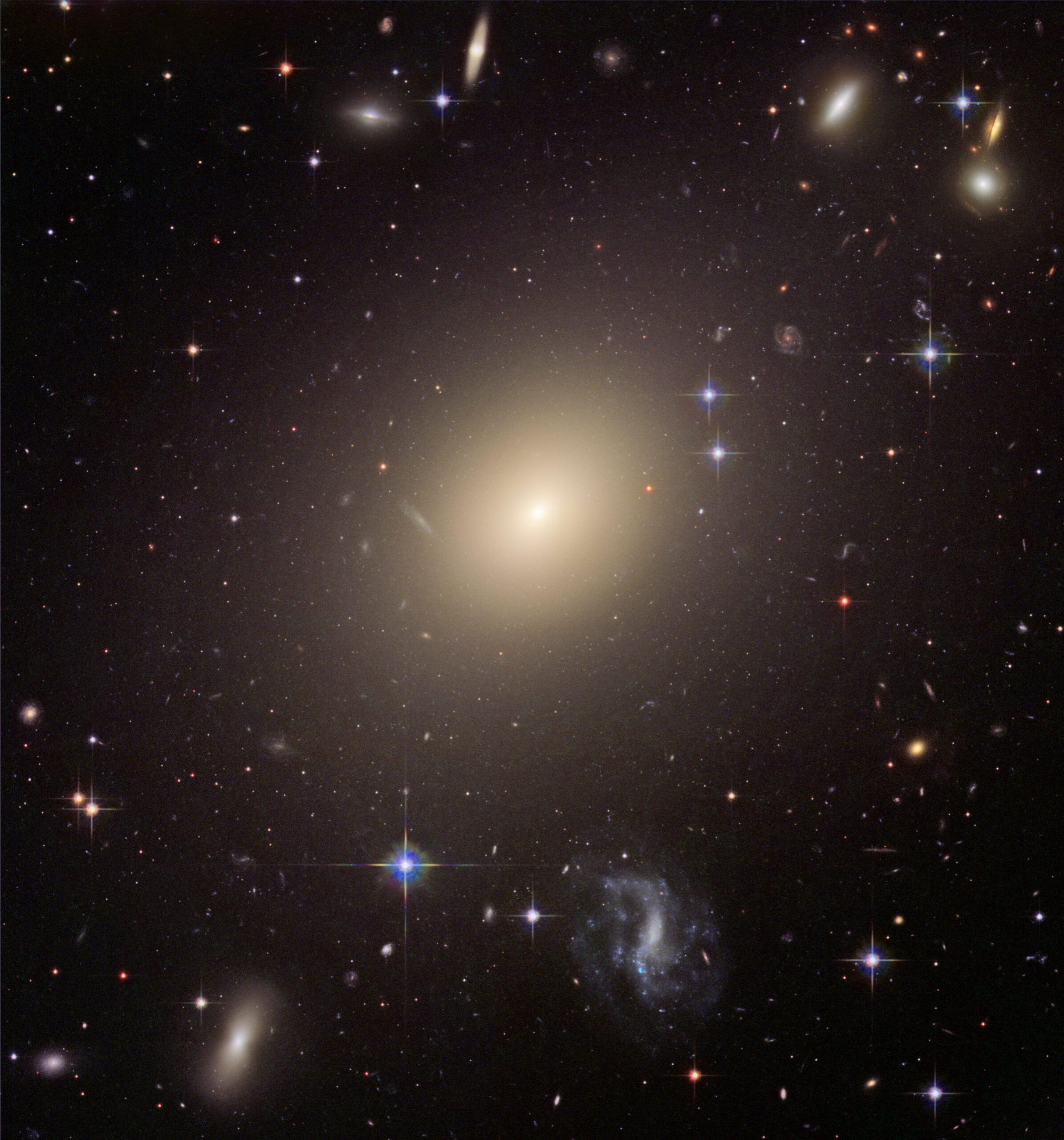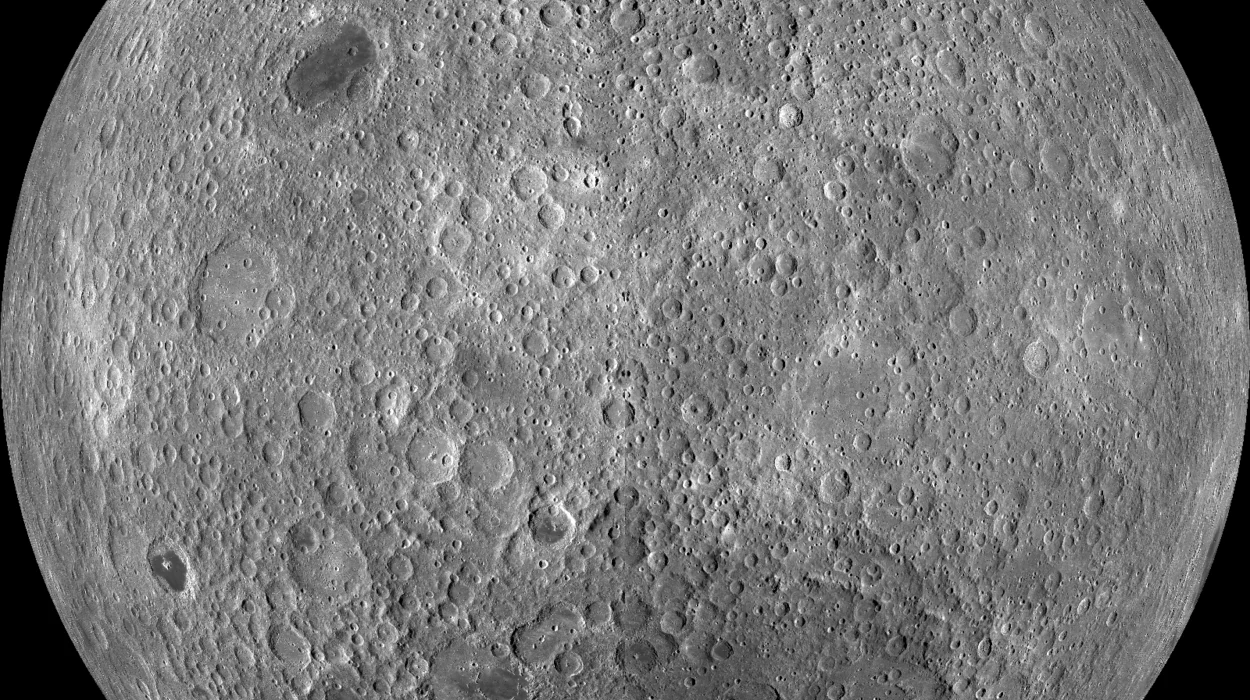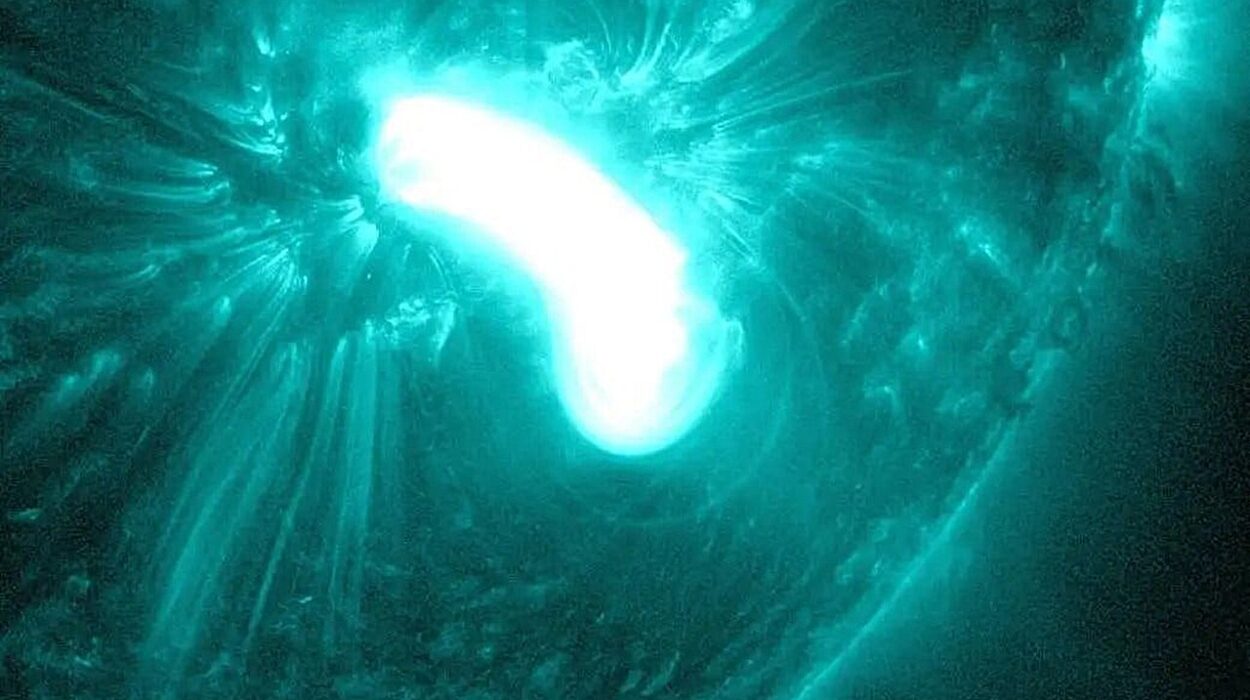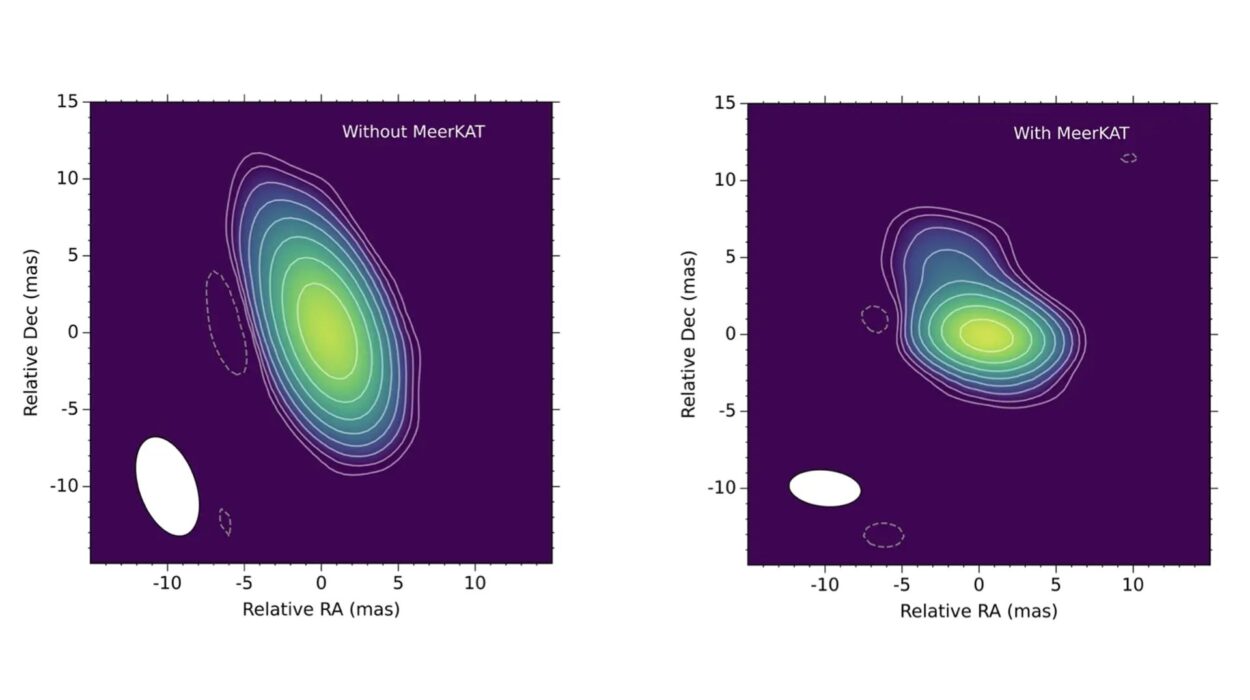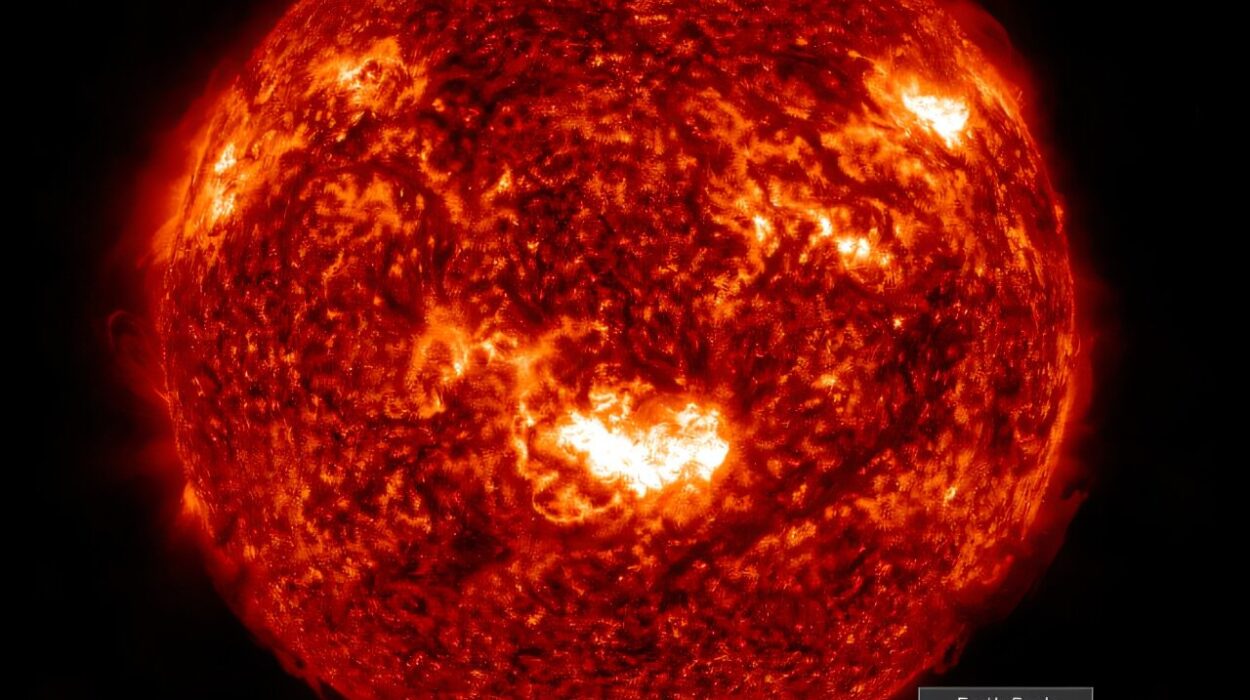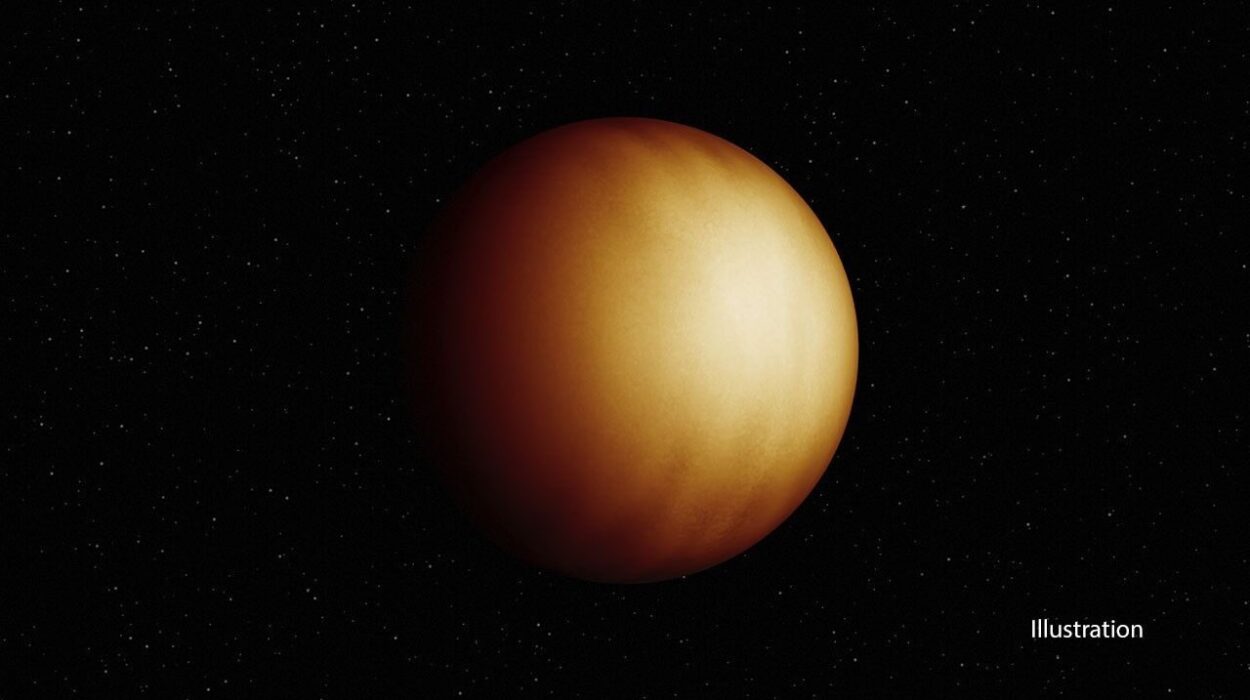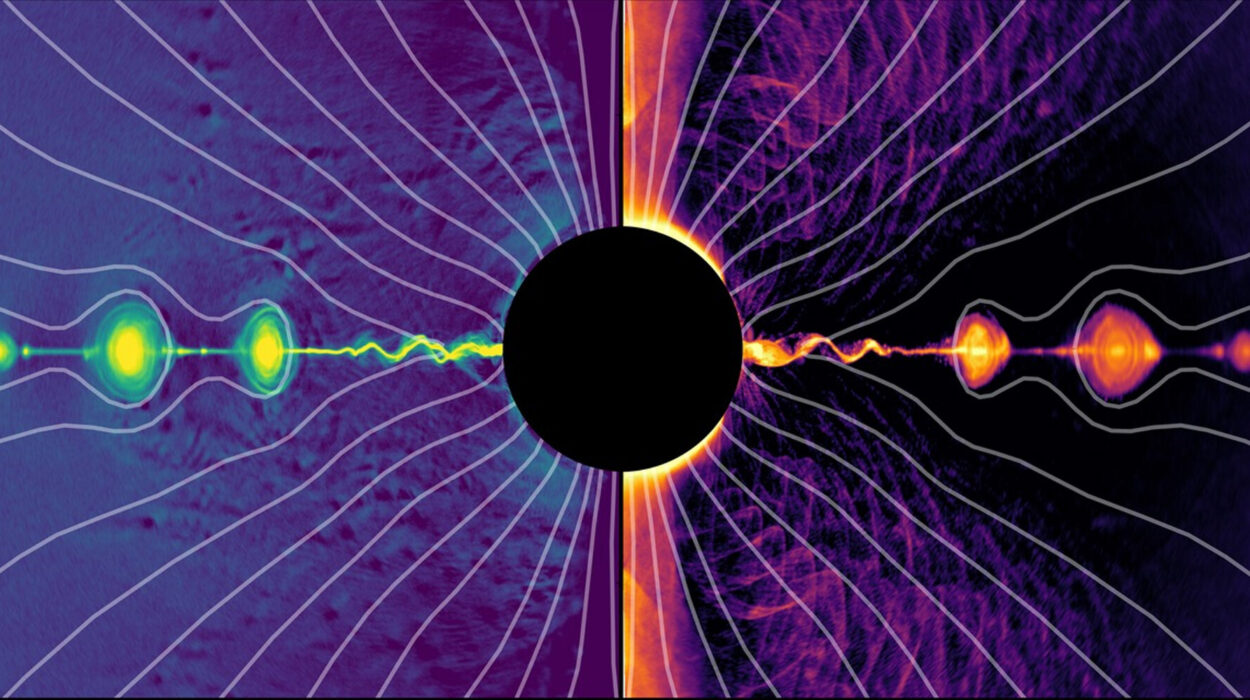For decades, the faint glow of the cosmic microwave background (CMB) has been celebrated as the oldest light in the universe—an ancient relic from the Big Bang itself. Like a photograph of the infant cosmos, this afterglow has shaped our understanding of how the universe began and how galaxies came to be. But now, groundbreaking research led by scientists from the Universities of Bonn, Prague, and Nanjing proposes a stunning alternative: the light we thought was the Big Bang’s signature might be something else entirely—or at least, not what we believed it to be.
If these calculations are correct, the foundational pillars of modern cosmology—especially the standard model of the universe—may need to be re-examined.
The Ancient Light That Shaped Modern Cosmology
According to the widely accepted standard model of cosmology, the universe burst into existence around 13.8 billion years ago in a dramatic explosion known as the Big Bang. In the earliest instants, the cosmos was a hot, dense soup of fundamental particles. As the universe expanded and cooled, it transitioned into new phases. About 380,000 years after the Big Bang, something remarkable happened: the universe cooled enough for electrons and protons to combine into hydrogen atoms.
This event—known as “recombination”—transformed the opaque, plasma-filled universe into a transparent expanse. Photons, the particles of light, could now travel freely. That first light, released during this transformation, is what we now detect as the cosmic microwave background radiation.
The CMB was first discovered in 1965 by Arno Penzias and Robert Wilson, and it offered extraordinary confirmation of the Big Bang theory. Over time, satellites like COBE, WMAP, and Planck have mapped this faint radiation in exquisite detail, finding minute fluctuations that correspond to early variations in matter density. These tiny ripples are believed to have seeded the formation of galaxies, stars, and eventually us.
But what if some—or all—of this radiation didn’t originate with the Big Bang?
A Bold New Hypothesis Emerges
That’s the possibility proposed by Prof. Dr. Pavel Kroupa of the University of Bonn and Charles University in Prague, along with his colleague Dr. Eda Gjergo from the University of Nanjing. Their research questions not just the origin of the CMB, but the precision of its interpretation. According to their calculations, a substantial portion of the cosmic background radiation might not be a remnant of the Big Bang at all, but rather the product of blazing stars in the universe’s first galaxies.
“According to our calculations, it could be that this background radiation doesn’t exist at all,” Prof. Kroupa boldly states. “At the very least, we are convinced that its strength has been overestimated.”
Their results, published in Nuclear Physics B, could fundamentally reshape our understanding of how the early universe evolved.
Cosmic Dough and Elliptical Galaxies
To explore the origins of the CMB, Kroupa and Gjergo focused on elliptical galaxies—massive, spheroidal conglomerations of stars that are believed to be among the first galaxies formed in the universe. Unlike spiral galaxies like our own Milky Way, elliptical galaxies tend to have older stellar populations and relatively little interstellar gas.
“The universe has been expanding since the Big Bang, like dough that is rising,” explains Kroupa. “This means that the distance between galaxies is increasing constantly.” By analyzing the current positions and separations of elliptical galaxies, and using known models of cosmic expansion, the team determined when these ancient structures first formed.
Their conclusion: elliptical galaxies emerged incredibly early in cosmic history, forming within just a few hundred million years after the Big Bang. That’s lightning fast on a cosmological clock.
A Star Fire That Burns Across Time
These early galaxies were not quiet places. Instead, they were furnaces of stellar activity. Massive clouds of gas collapsed to form hundreds of billions of stars in a very short span of time. According to the team’s calculations, the nuclear fusion in these first stars was so intense and luminous that the radiation they emitted could still be observable today—masquerading as part of the cosmic microwave background.
“Our calculations indicate that some of the cosmic background radiation actually originates from the formation of the elliptical galaxies,” Dr. Gjergo explains. “This accounts for at least 1.4% of the radiation but could even account for all of it.”
Even the lower bound of 1.4% is significant. That small slice of radiation might be enough to distort the delicate fluctuations in the CMB that cosmologists have relied on to explain how galaxies formed. And if elliptical galaxies are contributing more than that—if they’re responsible for all of what we perceive as CMB—that would be revolutionary.
The Power of Unevenness
A cornerstone of modern cosmology is the observed “anisotropy” in the CMB—the fact that it’s not perfectly uniform. These subtle fluctuations (often just one part in 100,000) are thought to be the fingerprints of early density variations in the universe. Regions with slightly more matter would have gravitationally pulled more gas towards themselves, becoming the cradles of galaxy formation.
But what if those tiny differences are actually the light from early galaxies, rather than primordial ripples from the Big Bang?
“Elliptical galaxies are not uniformly distributed,” notes Gjergo. “If even 1.4% of the observed background radiation comes from them, it throws into question how accurately we can use the CMB to measure those early fluctuations.”
In other words, if the “noise” from early galaxies is embedded in the CMB signal, then all our models based on that signal might be flawed. The origin story of the cosmos might need rewriting.
A Challenge to the Standard Model
“This is a problem for the standard model of cosmology,” says Kroupa. And that’s an understatement. The standard model—often referred to as Lambda-CDM—is built on the idea that the CMB is a pristine snapshot of the early universe. It relies on the uniformity and predictability of that snapshot to calculate the age of the universe, the amount of dark matter and dark energy, and the process by which galaxies coalesced from primordial gas.
If the CMB is contaminated—or even mostly composed—of light from later stellar activity, then many of these conclusions may not hold.
Rewriting the cosmic timeline could mean rethinking inflation (the supposed ultra-fast expansion in the universe’s first fractions of a second), questioning the amount of dark matter inferred from CMB data, or even reevaluating the role of dark energy in cosmic acceleration.
What Comes Next?
As with all paradigm-challenging science, these new findings will need to be rigorously tested, debated, and confirmed by independent research. It’s one thing to propose a radical idea; it’s another to back it up with indisputable evidence.
Upcoming missions such as the European Space Agency’s Euclid telescope and NASA’s James Webb Space Telescope (already making groundbreaking discoveries) may provide further clues about the earliest galaxies and the true composition of the CMB.
Meanwhile, radio astronomy projects like the Square Kilometre Array (SKA) will offer unprecedented resolution and sensitivity to test these claims against the fabric of the observable universe.
A Universe More Mysterious Than We Thought
One thing is certain: our universe is not short on surprises. Whether this new interpretation of background radiation is validated or not, it reminds us that science is always evolving. What we consider “settled” knowledge today may be overturned by a sharper lens, a bolder question, or a new way of looking at old data.
Prof. Kroupa and Dr. Gjergo’s work is a powerful example of that scientific spirit—of daring to question even the brightest lights in our cosmic story.
Reference: Eda Gjergo et al, The Impact of Early Massive Galaxy Formation on the Cosmic Microwave Background, Nuclear Physics B (2025). DOI: 10.1016/j.nuclphysb.2025.116931
